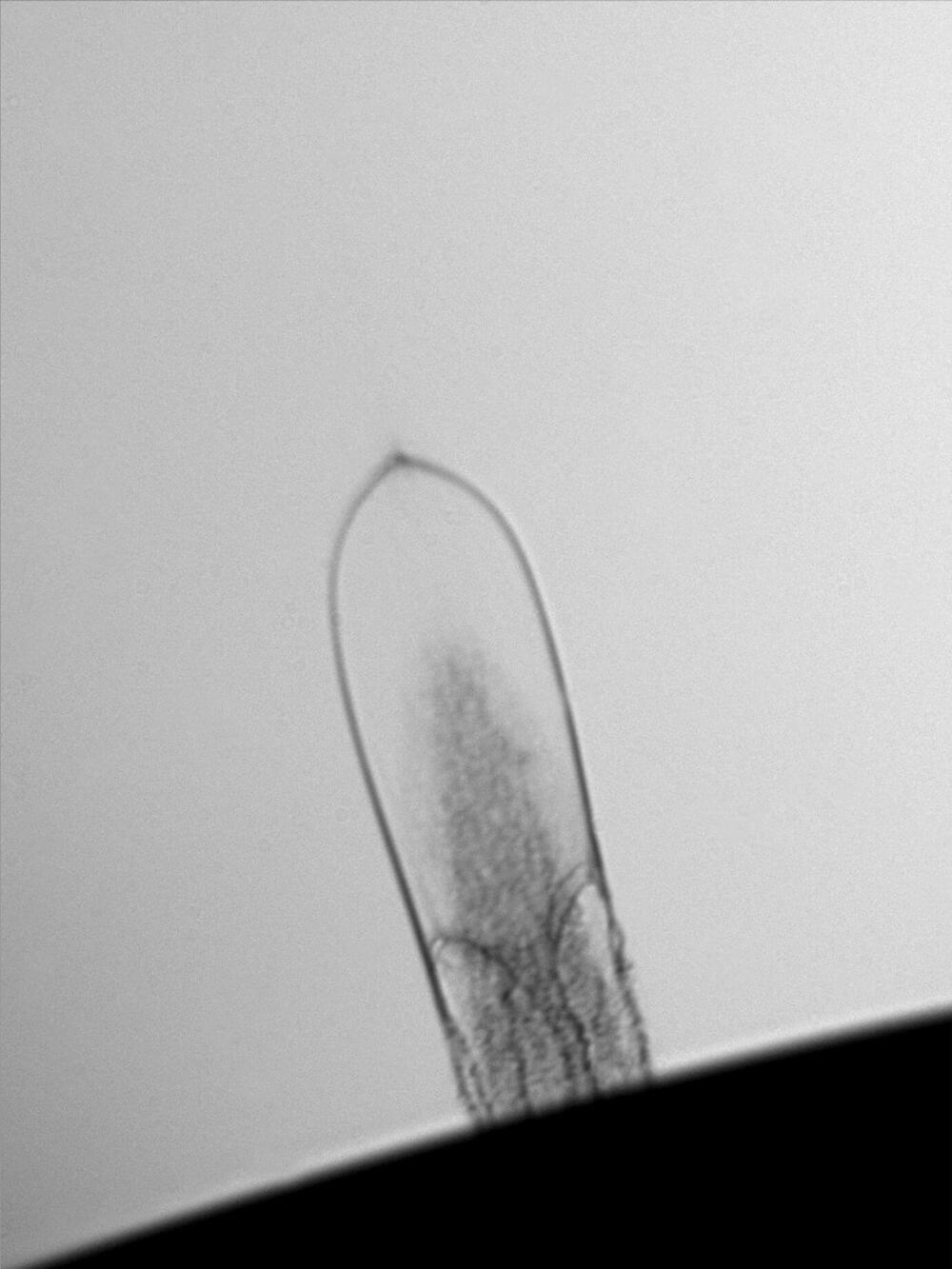Simple molecular liquids such as water or glycerol are of great importance for technical applications, in biology or even for understanding properties in the liquid state. Researchers at the Max Planck Institut für Struktur und Dynamik der Materie (MPSD) have now succeeded in observing liquid glycerol in a completely unexpected rubbery state.
In their article published in Proceedings of the National Academy of Sciences, the researchers report how they created rapidly expanding bubbles on the surface of the liquid in vacuum using a pulsed laser. However, the thin, micrometers-thick liquid envelope of the bubble did not behave like a viscous liquid dissipating deformation energy as expected, but like the elastic envelope of a rubber toy balloon, which can store and release elastic energy.
It is the first time an elasticity dominating the flow behavior in a Newtonian liquid like glycerol has been observed. Its existence is difficult to reconcile with common ideas about the interactions in liquid glycerol and motivates the search for more comprehensive descriptions. Surprisingly, the elasticity persists over such long timescales of several microseconds that it could be important for very rapid engineering applications such as micrometer-confined flows under high pressure. Yet, the question remains unsettled whether this behavior is a specific property of liquid glycerol, or rather a phenomenon that occurs in many molecular liquids under similar conditions but has not been observed so far.
